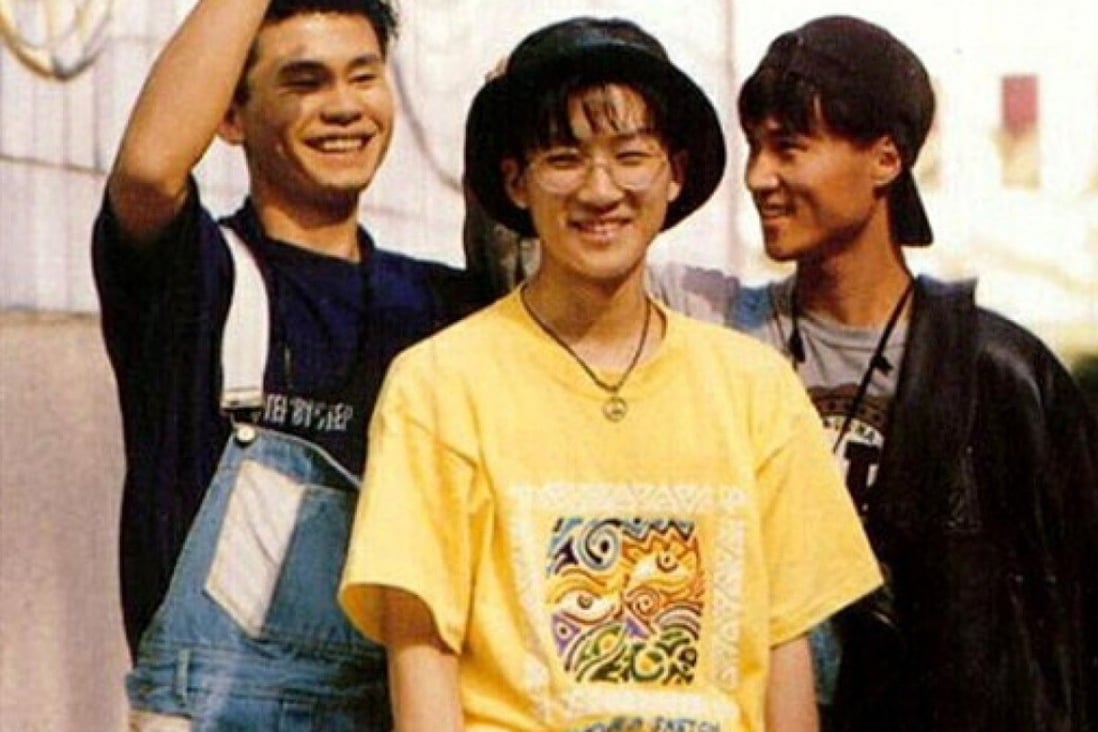In 2021, the Hallyu Wave has reached its highest point with Korean Music, K-Dramas, and Korean food. Globally, ever since groups like BTS, Blackpink and NCT 127 have appeared on the international music scene, the popularity of Korean Music has only skyrocketed.
Comprising numerous comebacks within a year, catchy songs and sharp dance moves. Korean Music is a package deal. Korean Music has offered entertainment as well as a zone of acceptance for music lovers who love to go Global. Considering how huge the demand to know about Korean Music is, Podium brings to you an introduction to this world of glitter and glam while we body-roll smoothly into your new obsession!
The Origin of Korean Music
China and Central Asia influenced Korean music to a large extent. When a country adopts something from foreign lands, it becomes important to keep its own culture intact while adapting. The next thing to look out for is to what degree the cultural traits should be imbued in it. Especially, while taking inspiration from a different land, different culture, and people with different tastes.

Despite a high level of foreign influence, the ability and determination of Korean artists to keep their own cultural identity intact acted as a huge plus point for Korean music. This point still persists, as one can observe numerous English words and verses as well as influences from Latin America in Korean Music. Therefore, adaptation and flexibility are key traits of the Korean music scene.
Enter Bernie Cho and Seo Taeji
Bernie Cho was a music executive at MTV. Cho noticed how young Koreans were attracted to Western music. Korean music during Bernie Cho’s time was targeted towards the older generation.
Sao Taeji and Boys delivered a once-in-a-lifetime performance at a TV talent show. The show was broadcast live in millions of South Korean homes. The performance inspired many people towards this new and edgy form of music. Seo Taeji and Boys were known for their incredible blend of Korean and Western music. Check out their hit track ‘Come Back Home’, here.

Bernie Cho described Sao Teiji and Boys’ performance as “a revolutionary process”. Seo Taeji is the uncrowned king of K-Pop. His contribution is widely regarded by his ‘Hoobaes’ (juniors) in the Korean Music Industry even today.
Bernie Cho also played a crucial part in the burgeoning popularity of Korean Music. Cho created a path for the younger generation to follow. His ideas and the vision for the future were critical points in the development of the Korean music scene.
K-pop: A Global Phenomenon
Now, in the 21st century, K-Pop has announced itself to the world in incredible fashion. It also happens to be one of the most leading music industries in the world. Boasting a humongous fan following across the globe.
Contemporary K-pop began on April 11th of 1992. When Seo Taeji and Boys performed their music on TV for the first time. Known for their knack for experimenting with music and beats, the group also pioneered the inclusion of rap verses into songs.

K-pop means Korean popular music. However, K-Pop in Korean is called 대중음악 (Daejong Eumak). This term means pop music. But, this term sounds too formal so many young people use 가요 (Gayo) instead which means song. So, the term becomes Daejong Gayo.
K-pop is a wide term having various elements under its wing. Korean pop also includes rock, hip hop, and electronic music. K-Pop is a fairly new form of music, thus, the newer generation is more attracted to K-pop.
Beginning of the Rise
From 2008, bigger forces meant that K-pop’s reach extended well beyond an Asian fan base. Unlike in China and Japan, where they use homegrown social media, Korean companies embraced international ones – Facebook, Twitter, and YouTube – and K-pop began to become available on international music platforms.
“Fans overseas, if they saw it, heard it, liked it, wanted it, could immediately cross over to another site, and either download that music, purchase that music, or stream that music,” says Cho. “There was a perfect storm of international marketing and promotions connecting with international sales and streaming.”
That perfect storm culminated in, well we have to mention it, Psy and Gangnam Style in 2012. “[Psy] completely shattered the mold and the myth in terms of what it takes to get to number one, not only in the US market but worldwide. Psy was not a Korean version of a big pop star. Psy was Korea’s version of Psy, and it turns out that’s what the world wanted.”
Rise of K-Pop in India
The lockdowns that happened one after another presented a golden opportunity on a silver plate to K-pop. K-pop’s popularity in India boomed massively and the popularity keeps on growing.
“The pandemic has contributed to the boom in India, as more people have the time and bandwidth to consume international content,” says Riddhi Chakraborty, a journalist covering K-pop for Rolling Stone India.
Chakraborty also added, “I think the biggest reason for the hate is the misconception that K-pop is shallow and just a bunch of pretty people dancing in vibrant music videos. Racism fuels this misconception and prevents people from looking up the lyrics and meanings of the songs, which is quite a pity. Because a whole new world of intricate, meaningful, and powerful artistry opens up the minute you decide to open your mind.”
K-Pop Bands to Look Out For!
BTS
Can we really talk about K-pop without mentioning BTS? Don’t think so. BTS is arguably *the* most popular K-pop group around the globe and with good reason. Their accolades include: becoming the first artists in iTunes history to have eight songs hit number 1 in 100 countries, breaking the record for most viewers for a YouTube premiere, and absolutely crushing a U.S. stadium tour. Listen to their hit song ON from Map of the Soul:7
Blackpink
Once you welcome Jennie Kim, Lisa, Jisoo, and Rosé into your life, it’ll be hard to let them go. One of the most refreshing and popular acts to have hit the stage, the ardent fanbase of Blinks is the evidence of the sway Blackpink holds. They’ve made history on music charts over the years with their dynamic and bold songs plus amazing choreography you’ll feel the imperious need to learn. Check out their hit song, ‘DDU DDU DDU’ right here!
TWICE
TWICE’s melodic tunes and mix of different styles make them one of the most addictive South Korean acts to see. With a sound as sparkly as their personalities, the nine queens of the bubblegum style were set for fame from their debut in 2015. Since then, it’s been a successful run for these 9 wonderful women! TWICE never fails to impress with their awesome ensemble of music, rap, and dance. You can check out their chart-topping hit, ‘Yes or Yes’ here!
(G)I-DLE
(G)I-DLE—the stars manage to flawlessly blend everything from tropical house and Latin pop to hip-hop and trap without batting a single eyelash. Even cooler? (G)I-DLE is super involved in the creation of their music, with members Soyeon, Minnie, and Yuqi lending their talents to writing production on their records. Listen to their hit song, LION here!
EXO
With chart-topping hits like ‘Growl’, ‘Lotto’, ‘Love Shot’, and ‘Ko Ko Bop’, EXO continues to have an immensely loyal fan following. Though the member lineup has gone through significant changes, the craze for EXO’s popularity is huge, especially in their homeland Korea. Check out their latest hit, ‘Don’t Stop the Feeling’, here!
Conclusion
K-pop as a genre of music has been growing rapidly across the globe. The popularity of Korean Music is largely dependent on the quality of the artists or idols. The unique music, a mix of cultural tastes that resulted in something that makes the entire world groove to their tunes.
For more informative articles on music and more, keep coming back to the Podium Blog for more fun and knowledgable nuggets like these! You may also check out the many benefits of listening to music in different languages!
Share with your friends





